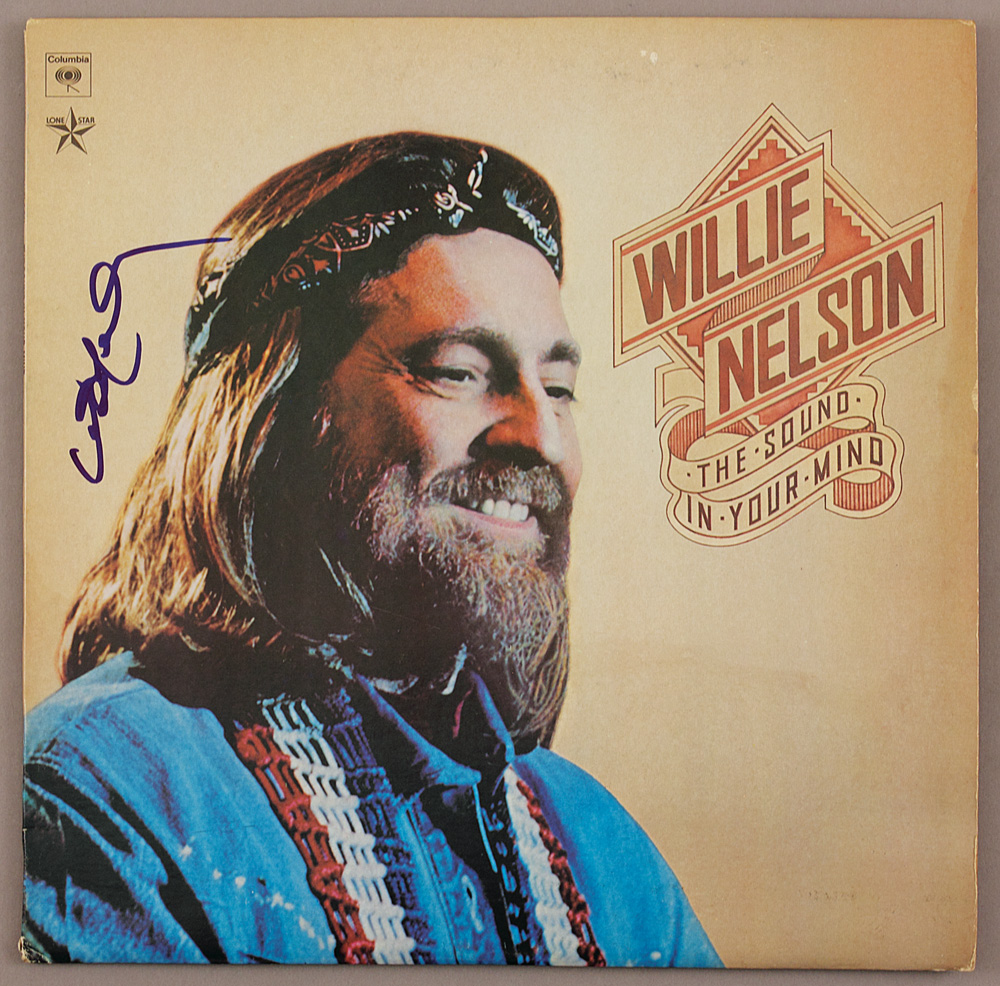
- #Chris nelson sound studio how to#
- #Chris nelson sound studio full#
- #Chris nelson sound studio free#
- #Chris nelson sound studio crack#
While it may have been unpolished and mercurial, the album became a smash hit in every sense. Even York admitted to being unconvinced: “I didn’t know the album was anything special,” he told Patoski.īut special it was. “I thought it was a career-ending mistake, because it was too stark and too off-the-wall,” Gracey is quoted as saying.
#Chris nelson sound studio full#
A prominent Austin country DJ not giving Willie a full endorsement seems crazy now, of course. In his book, Patoski discusses how influential Austin DJ Joe Gracey thought Red Headed Stranger had missed the mark. Nelson knew he had a record unlike any other, and he felt the public was ready for it, though other insiders disagreed. Five Nelson originals, including the beautiful, groundbreaking “Time of the Preacher,” were blended with 10 tunes by other writers, such as Hank Cochran’s “Can I Sleep in Your Arms” and the song that launched the record into the stratosphere, Fred Rose’s aching “Blue Eyes Crying in the Rain.” (In It’s a Long Story: My Life, Nelson’s recent autobiography, he corroborates the story, although he puts the figures at $60,000 and $2,000, respectively). It’s been widely reported that Columbia gave Nelson a $100,000 advance, of which he only spent $4,000 on the studio recording. As biographer Joe Nick Patoski succinctly puts it in An Epic Life, “If it didn’t sell, there would be no second Columbia album.” Now four decades removed, it’s easy to underestimate the risk Nelson took in recording it. Relying on a gospel-tinged jazz feel courtesy of a piano and Nelson’s acoustic guitar, there were none of the lush instrumental fireworks that country music hits of the time boasted. It didn’t match the pristine image put forth by Kenny Rogers’ beard or Dolly Parton’s gold-spun locks. Red Headed Stranger tells the story of a preacher who murders his adulterous wife and her lover, afterward wandering the country in despair. Nelson was ready to leave Music Row completely behind, and his concept for the record was as dreary and odd to most people as the songs’ jazzy, spartan arrangements. When it was released in May 1975 it changed country music history and, in the process, turned Willie Nelson the songwriter into Willie the transcendent Lone Star Icon. And Autumn Sound’s legacy remains intact in Red Headed Stranger, which is one hell of an honor. Although York and the other staff all moved on, in 1981 the space became Audio Dallas, which operates in Garland to this day. In January of 1975, with a new deal from Columbia Records that included complete control over the finished product, Nelson set up shop at Autumn Sound and recorded a morose concept record which hardly resembled the lavishly produced country sounds of the time.Īutumn Sound is long-since gone, but it has carried on in other forms. But it would only be a few months before the Abbott native ascended to household-name status. When Nelson’s record deal with Atlantic ended, he was left looking for a new label to call home, as Atlantic wasn’t ready to grant Nelson the creative freedom he sought.

The Bob Wills devotee, not yet sporting his famous pigtails, was finally being recognized for his own recordings and not just his writing. Regardless, Nelson had established himself as a promising recording artist.

#Chris nelson sound studio crack#
But neither now-revered record managed to crack the top 30 on Billboard’s country albums chart. Prior to 1975, Nelson had made it onto the country music map by writing a few hit songs and also releasing the divorce-themed concept record Phases and Stages and the country-funk gem Shotgun Willie.
#Chris nelson sound studio free#
In short order, York offered Nelson a free day of studio time, and the wheels of music history turned.Īs we celebrate the 40th birthday of Nelson’s seminal Red Headed Stranger, it’s important to note that Nelson hasn’t always been the definition of Texas cool we know him as today. That Texan was Willie Nelson, and his harmonica player, Mickey Raphael, had been hanging around Autumn Sound and felt it would be a fine place to lay down Nelson’s next record.
#Chris nelson sound studio how to#
In later years York became well-known, as accomplished an engineer as anyone, and he had an idea about how to draw in some big-name business.Īs luck would have it, a high-profile Texan was searching for the perfect studio where he could make a statement. The recording studio, operated out of an otherwise ordinary shopping center in Garland, featured a 24-track studio console - reportedly the first of its kind in Texas - and it had a secret weapon in the form of its engineer, Phil York. As 1974 rolled into 1975, Autumn Sound was in serious need of business.


 0 kommentar(er)
0 kommentar(er)
